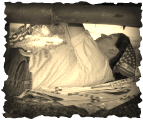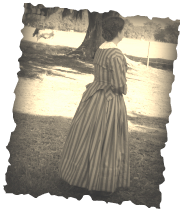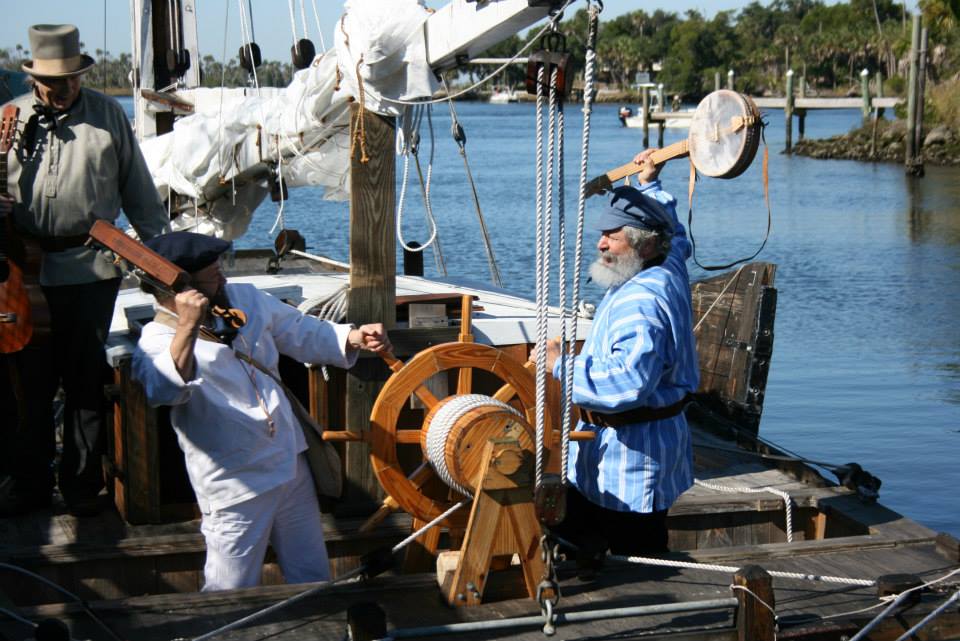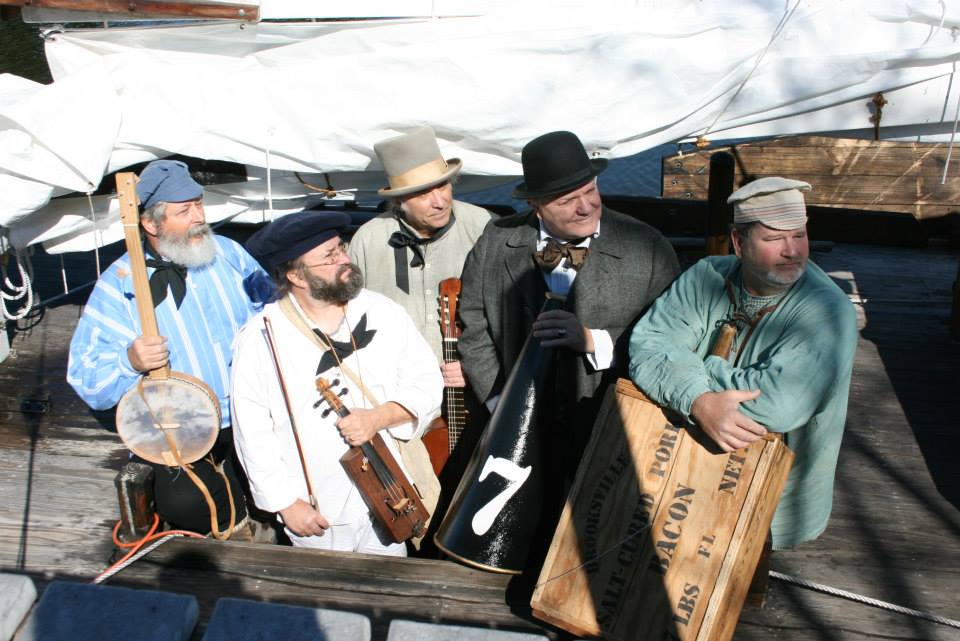Anyway, we begin with the unity of the visible church, starting with it's historical unity.
“There is only one people of God, the church, established in the Old Testament and brought to maturity in the New Testament.” 250. Randy Booth, Children of the Promise: The Biblical Case for Infant Baptism (Phillipsburg, NJ: Presbyterian and Reformed Publishing Co., 1995), 82. (484-485)
Hebrews 3:2-6: In this text, the unity and continuity of the church in the Old
Testament and New Testament are pictured in the figure of a “house” that is under construction...(a) Both Moses and Jesus are building ONE HOUSE, not two. (b) The house Moses and Jesus are building is “His house,” i.e., it belongs to Jesus (3:2). (c) Although both Moses and Jesus are builders of this one house, Jesus is far superior to Moses, because Moses is only a faithful “servant” in the house, and Jesus is the owner, “the Son over His house” (vs. 6), and the ultimate “builder” of the house, with Moses as His instrument and tool (vs. 3–4). (d) Jesus’ one house, built by Jesus Himself for Himself using Moses as His instrument is the Church...We are being taught here that the church of Christ is one in the Old Testament and the New Testament. (485)
Acts 7:38: The organization of the covenant people of God in the Old Testament
is expressly called “the congregation in the wilderness,” and the Greek word for “church” or “congregation” is ekklesia in this text. (485)
Romans 9:24-26/Hosea 1:10-11: In Hosea 1:10–11, we are given a prophecy regarding “the sons of Israel;” and in Romans 9:24–26, Paul, without hesitation, applies this very passage to the church of Christ. He can do this, because the church of God is one in the Old Testament and New Testament. (485-486)
Hebrews 8:6-13/Jeremiah 31: 31-34: In Jeremiah 31:31–34, the prophet speaks of a New Covenant that Jehovah will make with “the house of Israel and with the house of Judah.” Hebrews 8:6–13 quotes this passage, “which speaks so plainly and specifically of Israel and Judah, and applies it to the church of the new covenant.”
251. Booth, Children of the Promise, 84. (486)
Romans 11:17-24: Paul uses the imagery of an olive tree to show us that the church of the Old Testament continues under the New Covenant....the tree remained healthy and the Gentile branches of a wild olive tree were grafted into it. (486)
I Peter 2:9/Exodus 19:5-6
Galatians 3:15-22: The covenant God made with Abraham in Genesis 12–17 still
stands....As the children of believers were members of that covenant (Gen. 17:7), “the inference is irresistible that they are members still, unless their positive exclusion can be pointed out in the New Testament.” 255 Robert L. Dabney, Lectures In Systematic Theology, (Grand Rapids, MI: Zondervan Publishing House, [1878]1975), 783 (487-488)
Galatians 3:28-29; 6:16: In these texts, once again, the New Testament gives the church of Christ names and descriptions that originally were applied to the
covenant people of God in the Old Testament....This means that, as under the Abrahamic Covenant, the “spiritual seed” is to be found among the “physical seed” of believers, hence, as in the Old Testament, believers and their children are taken into covenant with God in the New Testament church. For this reason, the church of Christ is called “the Israel of God” in 6:16. (488)
Hebrews 12:22: The author of Hebrews uses Old Testament imagery to describe the privileges and blessings of church members through faith in Jesus Christ. In coming “to Jesus the Mediator of a new covenant,” we are coming to “Mount Zion,” where God’s covenant people worshipped Him in the Temple, to “the city of the living God,” which is “the heavenly Jerusalem.” (489)
Ephesians 2:12, 19-20: Until reconciled to God by the blood of Christ (2:13), unbelievers today, as unbelieving Gentiles in the Old Testament, are outside
the church of God...Therefore, to use Paul’s own words, to be outside the Christian Church is to be “separate from Christ, EXCLUDED FROM THE COMMONWEALTH
OF ISRAEL, AND STRANGERS TO THE COVENANTS OF PROMISE, having no hope and without God in the world” (2:12; emphasis added). (489)
The Holy Spirit is the creator of this spiritual unity of the church in Christ. This “one Spirit” forms “one body” and calls God’s chosen people to “one hope of your calling.” In the church there is “one faith” in “one Lord” signified and sealed by “one baptism,” where we worship and serve our “one God and Father.” (490)
The concreteness of this Spiritual unity of the church is seen in the church’s united commitment to and confession of “the faith which was once for all handed down to the saints” (Jude 3), i.e., that completed body of revealed truth in the Bible which all true Christians believe. (490-491)
"Evil as well as good is included in the divine purpose. It is purposed not as evil, but for the sake of the good which infinite wisdom evolves from it.… By the prevalence of disorders and other evils in the church, God puts his people to the test. They are tried as gold in the furnace, and their genuineness is made to appear. It is a great consolation to know that dissensions, whether in the church or in the state, are not fortuitous, but are ordered by the providence of God, and are designed, as storms, for the purpose of purification." 263. Hodge, A Commentary on the First Epistle to the Corinthians, 218. (493)
In the Apostles’ Creed, we confess: I believe in the Holy Ghost; the holy catholic Church; the communion of saints…There is nothing suspicious about the word “catholic.” It means “universal, supra-national, transcending national, racial and all ethnic boundaries.” (494)
First, the church is catholic in that it is universal....The church’s catholicity is rooted in the scope of the redemptive work of Christ, who purchased “men from every tribe and tongue and people and nation” (Rev. 5:9).
The church is no longer confined to one nation as was largely true in the Old Testament. Now it consists of all those throughout the world—in all ages and places of the world—who credibly profess the Christian religion, together with their children.
Second, the church is catholic in that it is identical. In other words the church is catholic in space and in time. Throughout its history from the Old Testament to the present, the church cannot and does not alter her basic nature. She is always comprised of those who credibly profess the Christian religion along with their children.
Third, the church is catholic in that it is orthodox. Her orthodoxy guarantees her continuous self-identity. The church is orthodox in that her foundation is in the “apostles and prophets, Christ Jesus Himself being the chief corner stone” (Eph. 2:20).
Fourth, the church is catholic in that it is continuous.
To say that the church is continuous throughout history is to say that the church is indestructible....Individual congregations and denominations may come and go, but the church of Christ on earth will never perish.
The continuance of the church is not something automatic. It is indestructible because God preserves it and provides for it....He will never allow His church to be completely overwhelmed with heresy. He will renew His church and lead her into all truth by the presence and work of His Holy Spirit.
Fifth, “catholicity” refers to the wholeness and fullness of the church’s faith and life in Christ.
(495-499)
First, there are no boundaries to the proclamation of the gospel of salvation in Christ.
Second, all people all over the world throughout history benefit from the grace of God and the redemptive work of Christ, whether they are Christians or not. In 1 Timothy 4:10, the living God is said to be “the Savior of all men, especially of believers. He causes His sun to rise on the evil and the good, and sends rain on the righteous and the unrighteous” (Matt. 5:45).
Third, that the catholic church has boundaries is evident from the New Testament. After excommunicating the impenitently wicked member from the Corinthian church, Paul instructs the rest of the church not to eat with him until he is restored (1 Cor. 5:11). Paul clarifies that he is not calling the church to total isolation from the
unbelieving world, but to the consistent application of excommunication to a “so-called brother” (vs. 11)...To speak of some people being “outside” the church and others as being “within” the church is to speak of a boundary line.
The question is: what is the boundary of the visible catholic church? Answer: a credible profession of faith in the Christian religion.
Fourth, the spatial boundaries of the church are always moving outward, as the church is enlarged and extended by the proclamation of the Word of God in the conversion of sinners: “And the Lord was adding to their number day by day those who were being saved” (Acts 2:47).
Fifth, those inside the church must never lose sight of those who are on the outside. Their proclamation of the gospel and compassionate service does not halt at the boundary line. Outsiders may become insiders by faith in Christ and the credible profession of that faith.
Therefore, sixth, be careful in “judging” who is on the outside. Do not demand something other or more than Christ demanded.
...we must be careful about developing an unduly and improper narrowness and exclusiveness regarding our assessment of members of the catholic church.
How may we be properly narrow while avoiding the sin of improper narrowness and the condemnation of Jesus? (1) Believe that the victory of Christ’s kingdom is not dependent upon us. (2) Believe in the absolute sovereignty of God in revealing His truth to His people. (3) Be willing to have as much fellowship as possible with all Bible-believing Christians and be willing to give a cup to one of these “little ones.” (4) Be willing to learn God’s truth from wherever and whomever He reveals it. (5) Do not ever compromise any part of the Word of God for any reason whatever. (6) Wherever you and another Christian can agree praise God for it, enjoy it and look for other areas of agreement, based on the Word of God.
(501-507)
Therefore, if the church is to experience a continuing reformation by the Word and Spirit of God, and thus be truly catholic, she must repent and learn (and practice) the meaning of these five words: “control, continuity, concern, contrition and commitment.”279
If the church is to be truly catholic and truly reformed, she must be CONTROLLED by no one else but by Jesus Christ, who governs her by His Word. She must derive her strength and life from the divine CONTINUITY of Christ’s redeeming work, submitting herself to His constant judgment and mercy. She must make discipling all the world’s nations to Christ her basic CONCERN. Because of all her sins and shortcomings, she must live in constant CONTRITION. And, finally, if the church is to be truly catholic, she must, in continual repentance of sin, be driven to ever new COMMITMENTS to Christ, His church and His world. 279. Vassady, The Church: Evangelical, Catholic and Reformed, 33. (508)
Leaving a church for any of the following reasons is schism, and therefore sinful: (1) Personal offenses because of the misconduct of individual members; (2) Wrong decisions by the elders or leaders that are of no lasting injury to the church; (3) Differences of opinion among the members of the church about issues that cannot
be determined by the Word of God and not contained in the doctrinal confession of the church; (4) Difference of opinion regarding “circumstances” of worship and church government; (5) Errors in the teaching of some teachers in the church that are infrequent and not openly approved by the authorities in the church; (6) Relaxed discipline in admitting improper people into the communion of the church; (7) Relaxed discipline in not consistently disciplining and censuring those who are guilty of scandals in the church, “provided the ordinances themselves are retained in purity, the rules of discipline not being set aside”; (8) Irregularities or abuses of different kinds in a church which beg for reformation. (508-509)
The membership of the visible church in the Old Testament and the New Testament is comprised of all those who profess the true religion, and of their children. (511)
The one requirement for membership in the visible church is a credible profession of faith in Christ and the true religion of the Bible by all those who are not incapable of making such a profession, viz. infants and mentally impaired or retarded children of believers. Such a profession of faith makes a person, together with his entire
household, members of the visible church, which is God’s covenant community. (512)
"Credible Profession"
A true profession of faith is a credible, intelligent and consistent profession of
faith. As Larger Catechism Q. 166 states we are to profess our faith in Christ AND obedience to Him. So then, to profess faith in Christ necessarily includes a profession of obedience to Him, i.e., a vowing “to yield an external subjection to all the ordinances and institutions of Christ [revealed in the Bible].” 287 James Fisher, The Westminster Shorter Catechism Explained (Philadelphia, PA: Presbyterian Board of Publication and Sabbath-School Work [1753] 1911), 193. (514)
Therefore, a credible profession of faith in Christ is credible because: (1) The profession is knowledgeable; (2) It is accurate, i.e., in accord with the Bible; and (3) A correspondence exists between profession and life, i.e., it includes a commitment to obedience to God. (515)
Who has the God-given responsibility to determine the credibility of the profession of faith of those intending to become members of the visible church? It is to the governing officers of the church, who are the guardians of the membership of the church, responsible for the administration of the government and discipline of the church, that Christ has given “the keys of the kingdom” (Matt. 16:19). (515)
First, Peter was the first of the apostles to use the keys. He used the key of Biblical doctrine on the Day of Pentecost in a great Christian Sermon. Later in the home of Cornelius, he used the key of discipline by the Bible when he pronounced the sentence of exclusion from the church on Simon the sorcerer.
Second, “the keys of the kingdom” by which the doors of the church are shut and bound by chain and lock, and opened when the chain is loosed, is a figurative form of expressing authority to admit to the membership of the church and to exclude from that membership. ...
Third, this power to chain the church door forbidding admittance to the impenitent and to loose the chain to admit the believing was not given to Peter alone. ...
Only those may rule in the church now and use the keys of the kingdom and “bind” and “loose,” who have been appointed by the apostles of Christ to do so; and so, as we have seen, those men (that class of officers) are called in the New Testament, presbyters, pastors, elders, bishops, ministers of the word. (515-516)
Profession of the True Religion
Larger Catechism Q. 62 states that church membership is comprised of those who profess the true religion, along with their children; and Question 166 explains that baptism should be administered to those who profess their faith in Christ, and obedience to Him, along with their children....So that, to the Westminster fathers, to profess the true religion is to profess their faith in Christ and is to profess the true reformed religion. Therefore to profess faith in Christ publicly, is to profess that, believing Him to be the incarnate Son of God and only Savior of sinners, we rest upon Him alone for salvation; and that we believe in the whole system of doctrine of Christianity revealed in the Bible. (517)
By the true religion the Catechism means “the whole of those doctrines deduced from the holy scriptures, which are contained in our Confession of Faith, and Catechisms, [hence, the true reformed religion], as agreeing, in the main, with the Confessions of other reformed churches, 2 Tim. 1:13: ‘Hold fast the form of sound
words.’” 293 Fisher, The Westminster Shorter Catechism Explained, 194. (517)
And Their Children
Because, as we have seen, God has only one church extending from the beginning to the end of time, its membership remains the same in both the Old Testament and the New Testament: those who profess the true religion and their children. If the children of believers were members of the church in the Old Testament, and if
the church is one under both testaments, then they are members of the church now. (519)









 RSS Feed
RSS Feed















